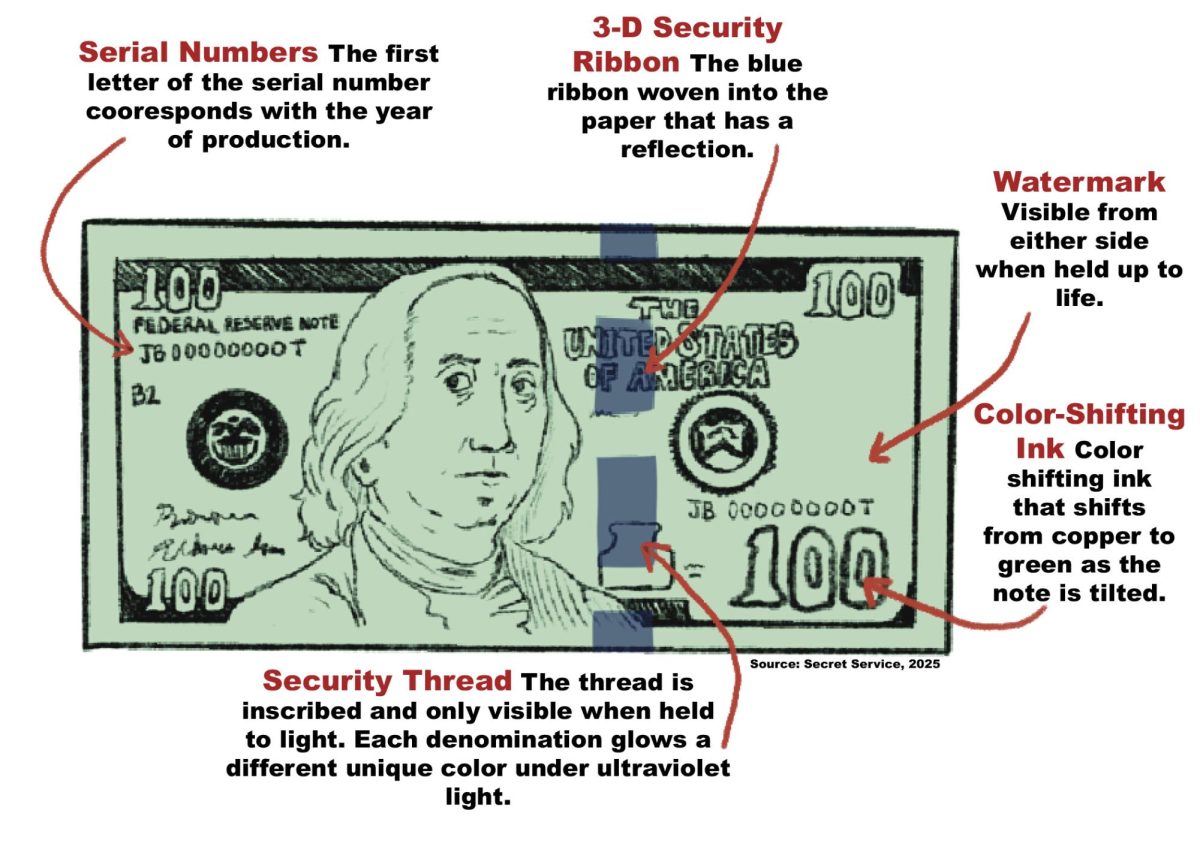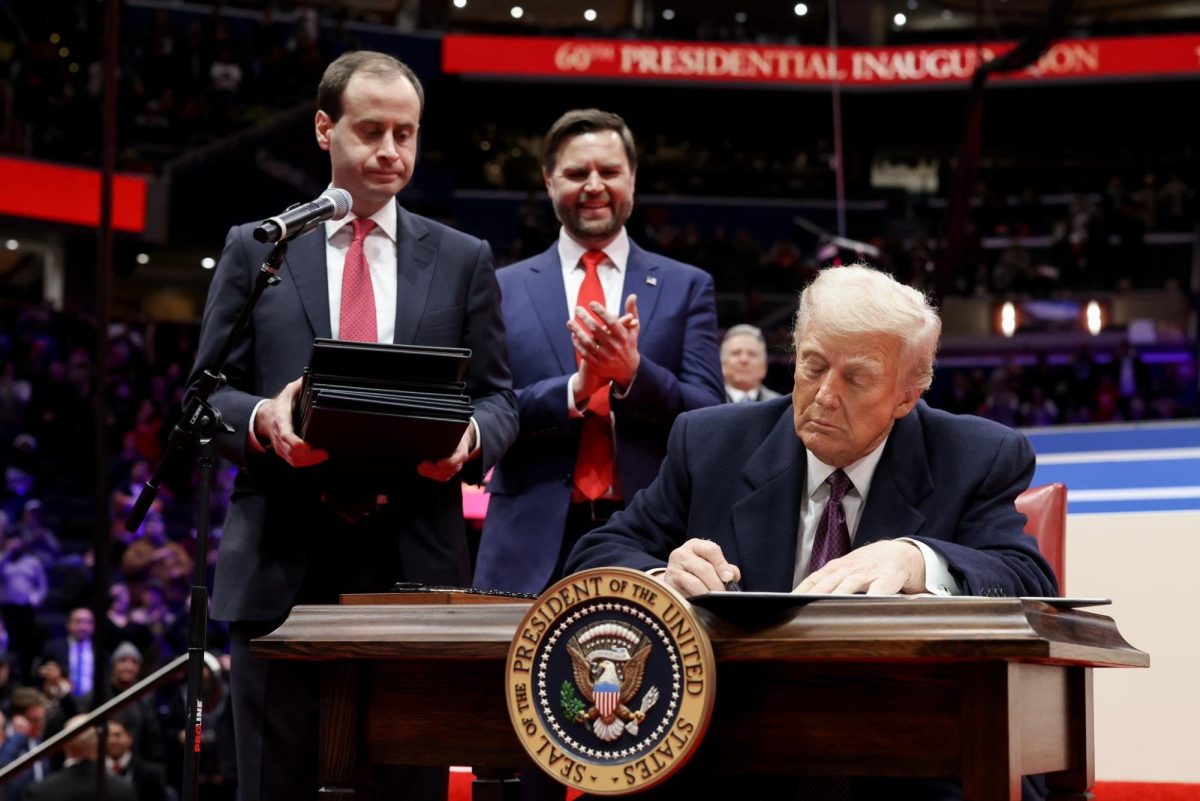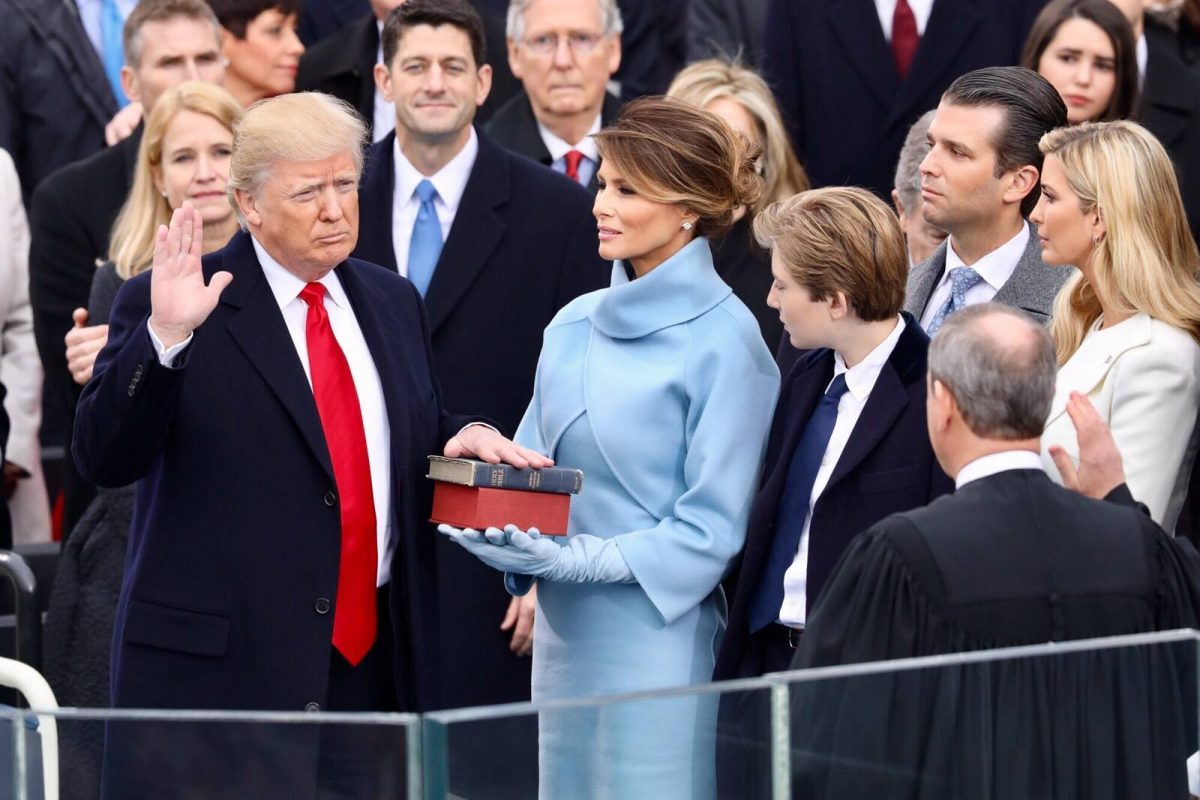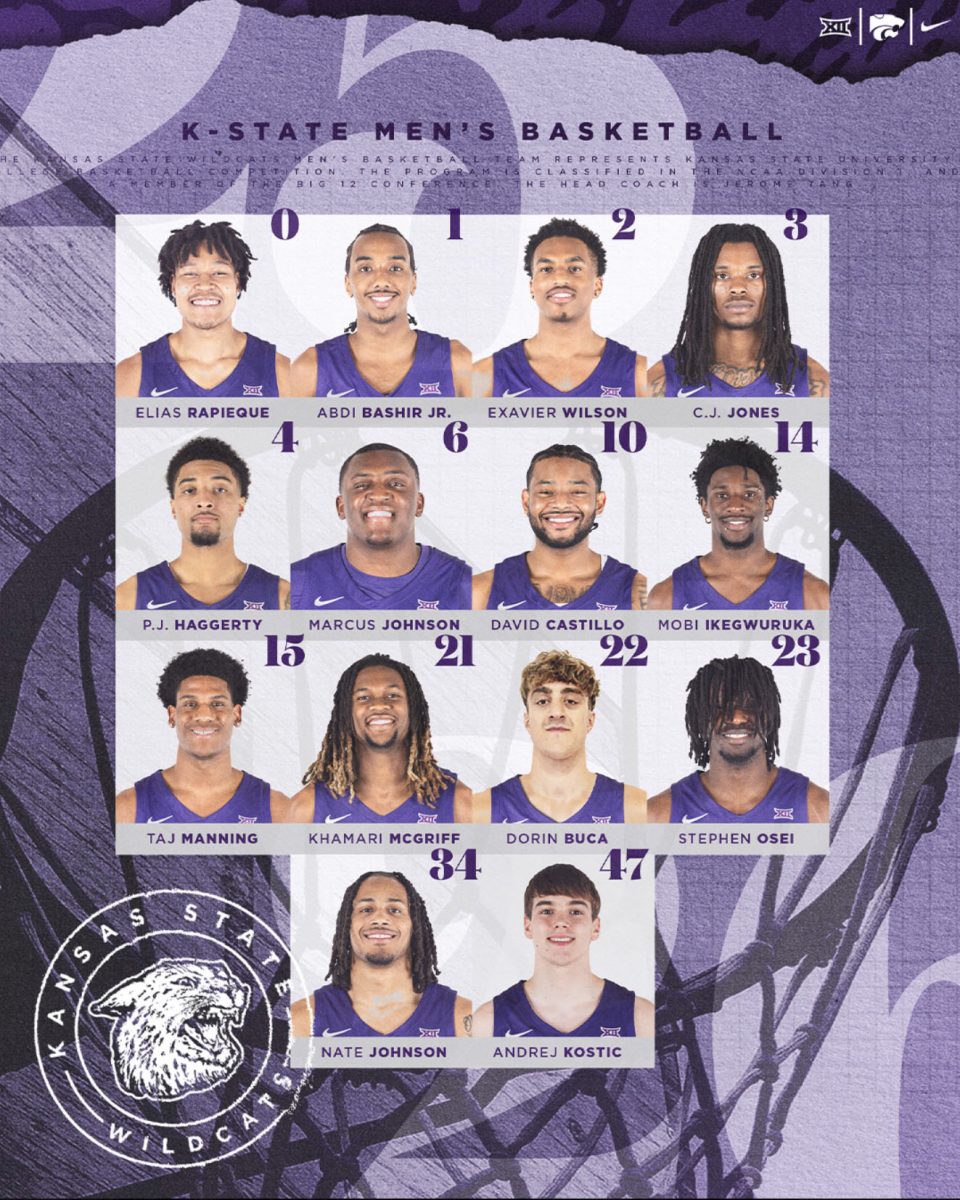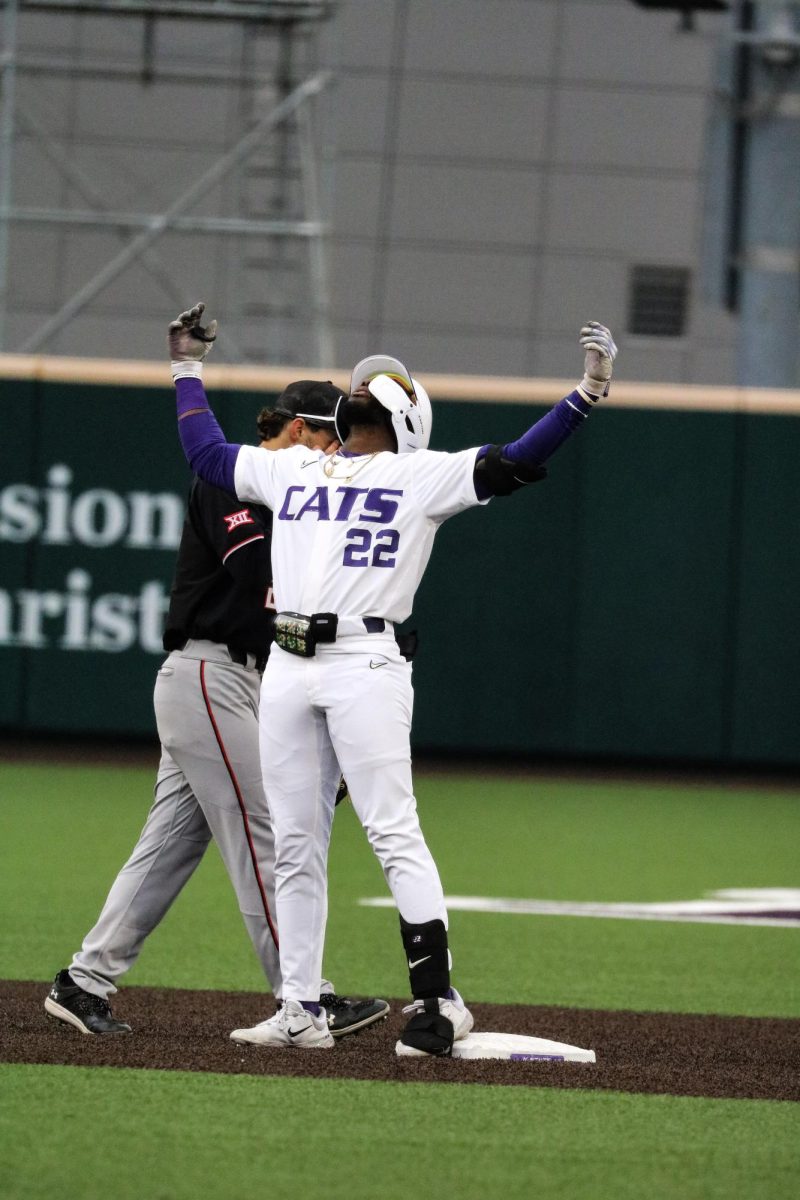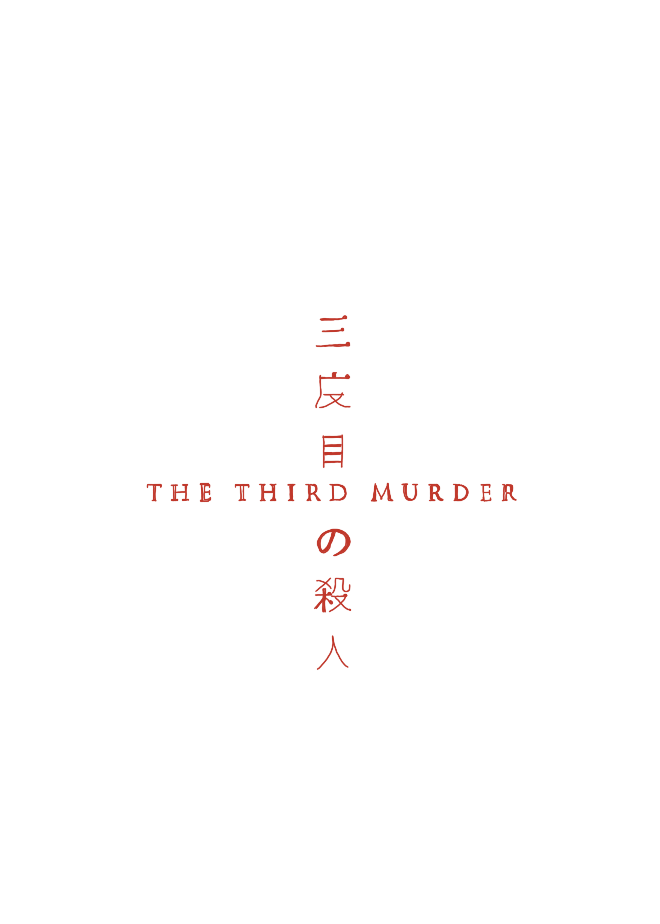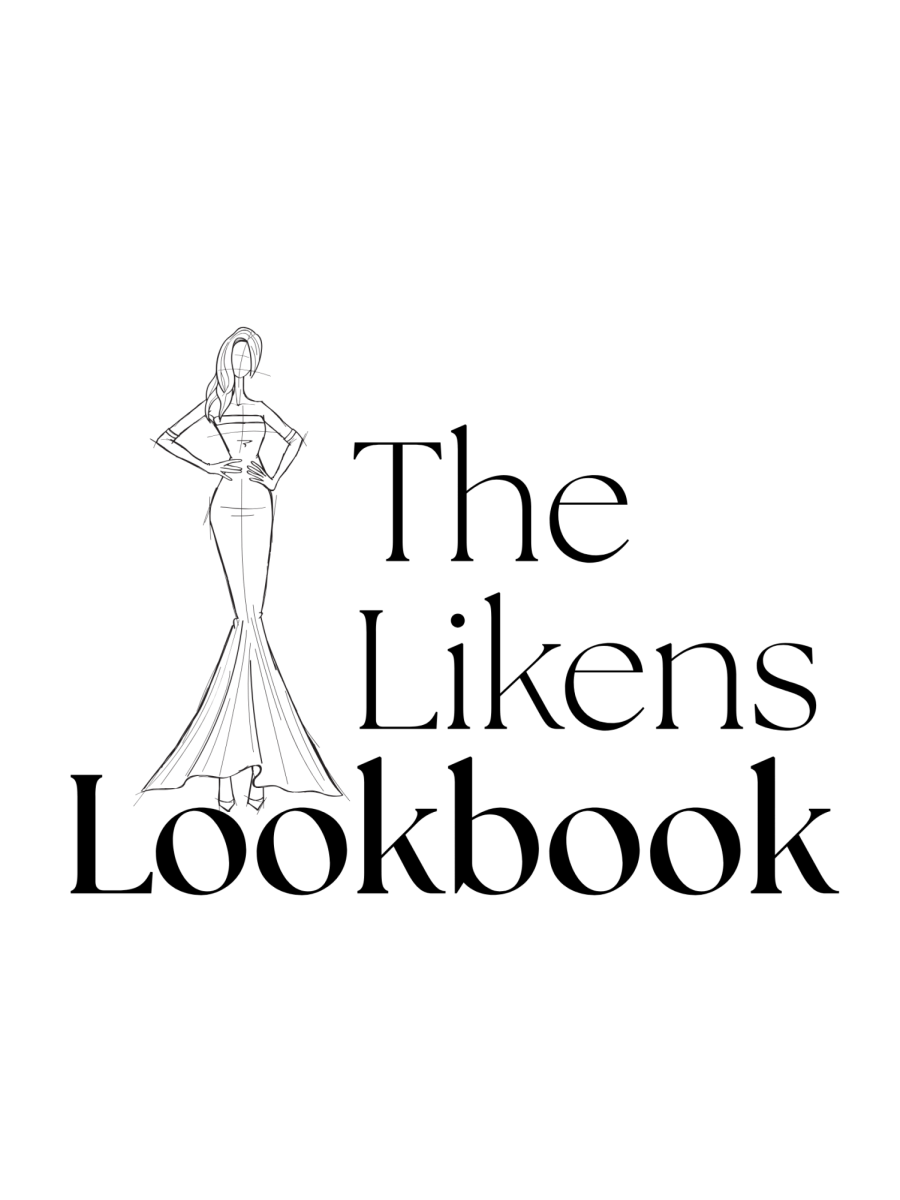Dress codes can vary from casual gatherings to highly formal ceremonies, and white tie sits at the very top of the scale. Unlike cocktail attire or black tie, white tie comes with precise requirements that leave little room for interpretation.
For men, this means wearing a tailcoat and specific accessories, while women are expected to arrive in floor-length evening gowns accompanied by formal details such as gloves or jewelry. Because the standards are so exact, receiving an invitation marked “white tie” can feel intimidating without a clear understanding of what it entails.
This article explains what a white tie dress code means, how it began, and why it continues to hold cultural significance today.
The Origins of White Tie
The white tie dress code originated in Europe during the early 19th century, when social gatherings among the aristocracy demanded increasingly structured guidelines for presentation. At that time, men’s evening wear included tailcoats and elaborate shirts, while women wore gowns designed for ceremonial events.
White tie became closely associated with royal courts, diplomatic occasions, and formal balls as a symbol of both prestige and etiquette. As the standard of formality spread across Europe and eventually to the United States, it became the accepted attire for the most significant occasions.
Although fashion has evolved since then, the white tie tradition remains rooted in its original purpose, which was to signal respect for the event and its hosts through carefully defined clothing choices.
Defining the White Tie Standard
White tie is considered the most formal dress code because of the level of detail required.
For men, this includes a black tailcoat worn over a starched white shirt, a low-cut white waistcoat, and a white bow tie. Accessories such as black patent leather shoes, cufflinks, and sometimes even a pocket watch complete the look.
For women, the expectation is a full-length gown that reaches the floor, complemented by accessories like long gloves, understated jewelry, and an elegant hairstyle. Unlike black tie, where tuxedos and more contemporary gowns may be acceptable, white tie demands strict adherence to tradition.
Grooming and finishing touches are equally important given that the dress code emphasizes a polished appearance from head to toe. These rules’ precision reflects the enduring formality associated with white tie events.
White Tie Events and Occasions
Although the white tie dress code is rarer today, it continues to appear at highly significant events. State banquets, royal ceremonies, and official diplomatic functions often list white tie as the required dress code.
The Nobel Prize ceremony and certain historical balls are other examples where guests are expected to follow these standards. Invitations to such events usually state “white tie” clearly, signaling to attendees that the highest level of formality is required.
While it is far less common than in the 19th and early 20th centuries, white tie still carries symbolic weight in settings where tradition, prestige, and ceremony are central. Understanding the occasions where white tie is required ensures proper preparation and highlights how cultural rituals continue to preserve this longstanding dress code.
Common White Tie Mistakes and Misconceptions
Because white tie is not as familiar as other dress codes, it is often misunderstood. One of the most common mistakes is assuming that a tuxedo, which is standard for black tie events, is acceptable. White tie requires a tailcoat, not a dinner jacket, and the difference is critical.
Another error is thinking that shorter or cocktail-style dresses are appropriate for women. Only floor-length gowns meet the requirement, and accessories such as gloves add to the formality. Some believe there is room for flexibility, but in truth, white tie leaves very little space for personal interpretation.
Substituting business suits or semi-formal attire shows a lack of awareness about the tradition. Avoiding these misconceptions is important for honoring the hosts, the event, and the longstanding etiquette that white tie represents.
White Tie in the Modern Era
While white tie was once standard for elite evening events, its use has declined in modern times. Black tie became more common during the 20th century as social settings moved toward convenience and practicality.
Despite this shift, white tie has not disappeared. It remains essential at specific occasions such as diplomatic banquets, certain university ceremonies in Europe, and events tied to royal families. Fashion designers and stylists occasionally bring white tie into the spotlight by dressing celebrities for high-profile galas, though the strict requirements are often adapted for contemporary aesthetics.
Why White Tie Still Matters
White tie remains the pinnacle of formal dress codes, representing tradition, precision, and respect for ceremonial occasions. Although it is less common today, its presence at state dinners, cultural ceremonies, and prestigious events underscores its lasting importance. Understanding the rules of white tie attire ensures proper preparation when invited and helps preserve the tradition it embodies.






















